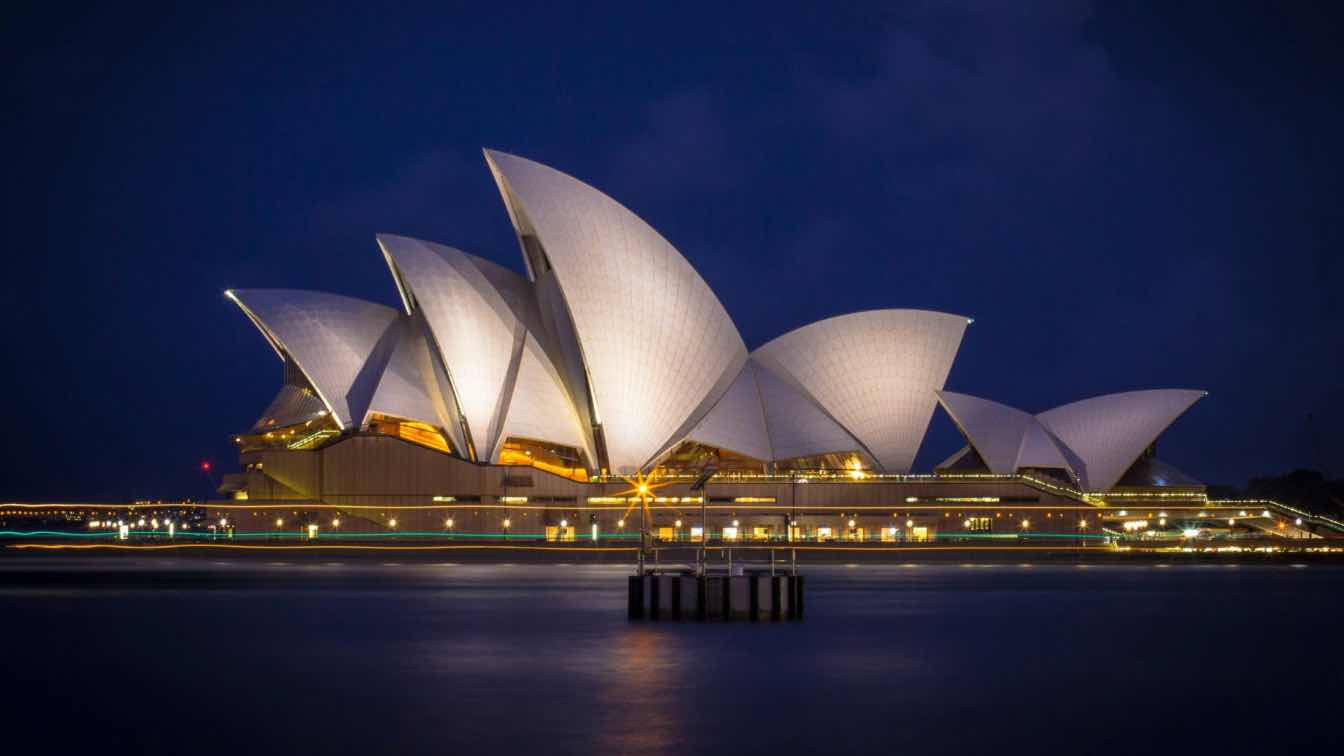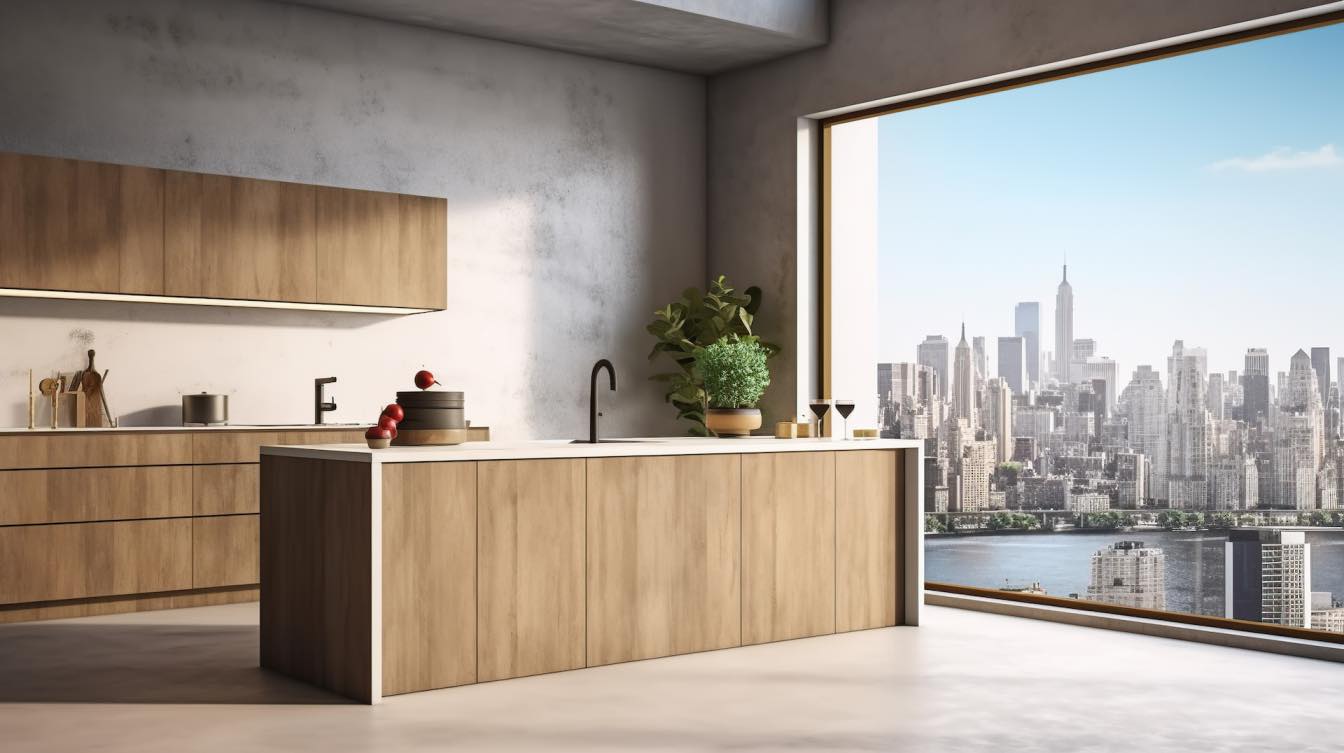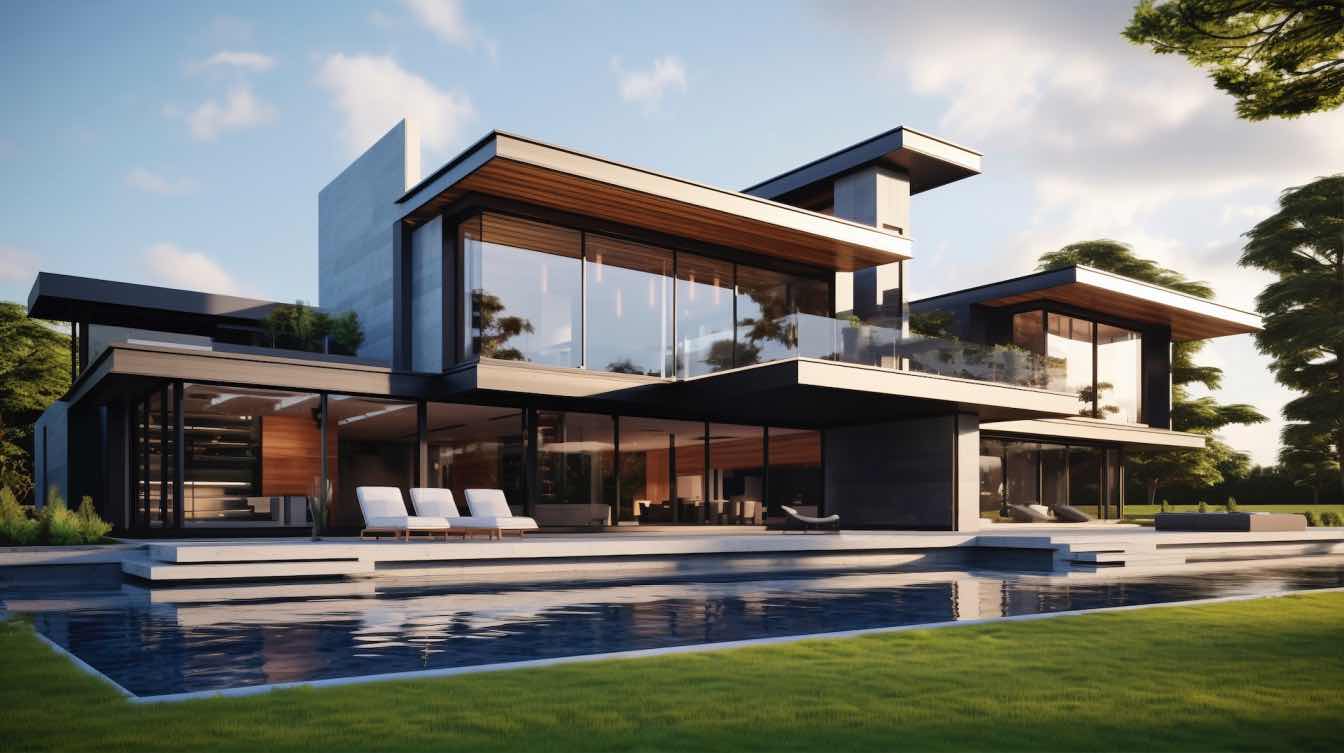The Sydney Opera House is one of the most famous buildings in the world, known for its unique look and cultural importance. Its roof, shaped like sails, makes it easy to recognize and a symbol of Australia. This amazing building was created through the teamwork of architect Jørn Utzon and the skilled engineers at Arup. Together, they used creativity and smart engineering to solve big challenges and turn the bold design of the Sydney Opera House into reality.
Sydney offers a variety of entertainment options beyond the Opera House. For those who enjoy gaming, online slots provide an exciting alternative. You can experience the thrill of playing from the comfort of your home by exploring platforms like online pokies Australia, which feature a wide range of games to suit all preferences. Whether you're visiting Sydney or enjoying its offerings from afar, there’s always something fun and engaging to try.
1. Visionary Beginnings
Who designed the Sydney Opera House? The Sydney Opera House was designed by Jørn Utzon, a Danish architect. His idea was chosen in a global competition held in 1956. Utzon’s design was inspired by natural shapes like seashells, ocean waves, and the curves of Sydney Harbour.
Utzon’s submission was extremist, blending artistic expression with functionality. Despite lacking detailed engineering plans, his vision captivated the jury, led by architect Eero Saarinen. Utzon’s concept promised not just a performance venue but a structure that would redefine modern architecture.
2. Engineering Challenges
Turning Utzon’s Sydney Opera House design into reality was no small feat. The biggest challenge lay in constructing the roof, composed of interlocking, sail-like shells. This complex structure was unlike anything ever built, requiring innovative solutions to ensure stability and durability.
Traditional construction methods were insufficient for the project. Each shell had to handle forces like wind and gravity while still keeping the Sydney Opera House's original design beautiful and intact. These unprecedented challenges pushed the boundaries of architectural and engineering practices.
3. Arup’s Role in Innovation
The Sydney Opera House design could not have been built without the help of Ove Arup and his team of engineers. Arup’s expertise in solving structural challenges was instrumental in bringing Utzon’s vision to life.
The team used advanced methods, like finite element analysis, to find stress points and improve the shell structure. They also introduced a new idea: using precast concrete pieces for the roof. These parts were made in a factory and carefully put together on-site, making the process simpler and cheaper. This solution solved the engineering problems while keeping the Sydney Opera House design true to its original inspiration.
4. Construction Journey
The construction of the Sydney Opera House began in 1959 and lasted 14 years, far exceeding initial estimates. The project was first expected to cost $7 million, but the price grew to $102 million because the design was so complex and required special building methods.
During construction, disagreements broke out between Jørn Utzon, Arup, and the government. Disagreements over budgets, timelines, and design changes led to delays and strained relationships. Despite these challenges, key milestones were achieved, including the completion of the iconic roof shells in 1967. The Opera House was officially opened in 1973 by Queen Elizabeth II, marking a triumphant moment in architectural history.
5. Utzon’s Departure
Amid the political and financial turmoil, Jørn Utzon resigned from the project in 1966. His departure was a significant turning point, leaving much of the interior design to other architects. This led to deviations from Utzon’s original vision, sparking criticism from architectural purists.
Years later, in 1999, the Australian government made peace with Utzon and asked him to help with future improvements to the building. He created guidelines to make sure any changes would stay true to the Sydney Opera House's original design.
6. A Lasting Legacy
In 2007, the Sydney Opera House became a UNESCO World Heritage Site, showing its importance to culture and architecture worldwide. It represents human creativity and the teamwork between visionary architects and innovative engineers.
Jørn Utzon is now known for his groundbreaking architectural designs, and Ove Arup’s engineering work is seen as a major achievement in construction. Today, the Sydney Opera House is not just a top cultural venue but also an inspiration for architects, engineers, and designers all over the world.
7. Lessons in Collaboration
The story of the Sydney Opera House underscores the importance of teamwork between architects and engineers. Utzon’s creative ideas and Arup’s technical skills worked perfectly together, creating a building that changed what modern architecture could achieve.
This project also highlights the value of innovation and adaptability in overcoming challenges. The lessons from this teamwork still inspire today’s architects and engineers, setting new standards for creativity and problem-solving.
Conclusion
The Sydney Opera House is a world-famous landmark, admired for its creative design and the teamwork that made it possible. Its creation was a brilliant mix of imagination and engineering, showing the power of human creativity.
Today, the Opera House stands as a symbol of creativity, teamwork, and enduring beauty. The Sydney Opera House continues to inspire architects and engineers around the world, making it one of the greatest achievements in modern design. As both a cultural landmark and an architectural masterpiece, it shows what can be achieved when creative minds and experts work together to build something extraordinary.





